Estimated decline in duck population only part of fall flight story
ON 09-07-2022
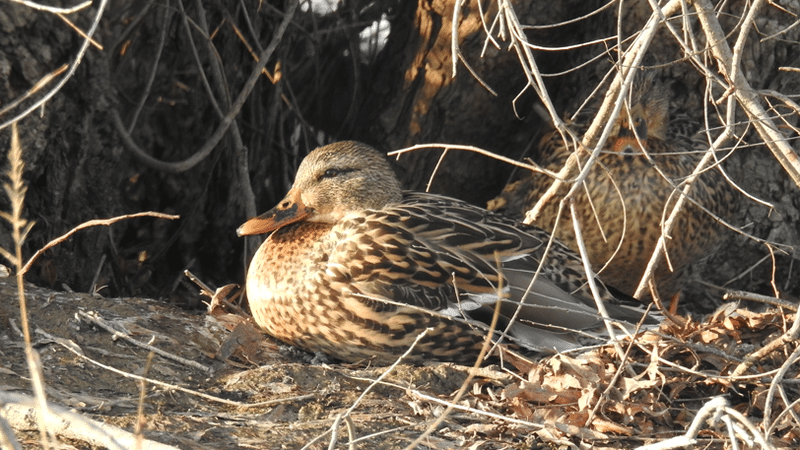
Sept. 7, 2022
Randy Zellers
Assistant Chief of Communications
LITTLE ROCK — According to the U.S. Fish and Wildlife Service’s report “Waterfowl Population Status, 2022,” released in late August, total duck population estimates in spring 2022 declined 12 percent from the last recorded survey taken in 2019, but that doesn’t necessarily sound an alarm with waterfowl managers who have seen similar fluctuations in the past.
Mallard populations saw a large decline, dropping to 7.2 million birds (down 23 percent from 2019). Gadwall, northern shoveler and green-winged teal all saw similar declines from 2019 numbers. Blue-winged teal and redheads were the only duck species recorded that saw an increase since the last surveys flown. But there’s a lot more to those numbers than a simple bar chart that looks like bad news.
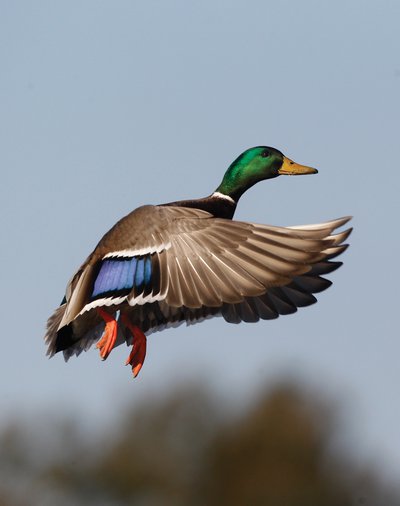
This is the first time in three years biologists were able to conduct the annual Waterfowl Breeding Population and Habitat Survey because of travel restrictions and other limitations concerning COVID-19. The survey, which estimates the number of breeding pairs of waterfowl and the number of ponds available to support those birds in Canada and the north-central United States, is conducted in partnership with the USFWS, the Canadian Wildlife Service and many state and provincial agencies. Biologists gather to fly transect lines across established routes above the breeding grounds, tallying the number of birds and the habitat conditions on their route while ground crews work in tandem to validate aerial observations. While the total duck count was down from 2019, the number of ponds available actually was up slightly from that last survey period.
“With the survey being absent for two years, the (USFWS) used modeled data to set season criteria the past two years, but we can’t say for certain exactly what took place on the breeding grounds during that gap,” Luke Naylor, AGFC wildlife management chief, said. “We know the prairies became increasingly dry in many places, but we can’t quantify those numbers with real confidence.”
Data from surveys of harvested duck wings submitted by hunters through the Harvest Information Program, however, can give a good indication of the effect of habitat conditions on duck production.
“We saw a harvest ratio of only 0.5 for mallards last year,” Naylor said. “That means one juvenile mallard was harvested for every two adult birds. That indicates extremely low production. Production, as indexed by harvest age ratios, has been declining for several years now, fairly consistently since 2014. Those hatch-year birds are the ones that respond better to decoys and make us all look like calling experts. I suspect many hunters have witnessed harder hunter as a result of fewer hatch-year birds first-hand in recent years.”
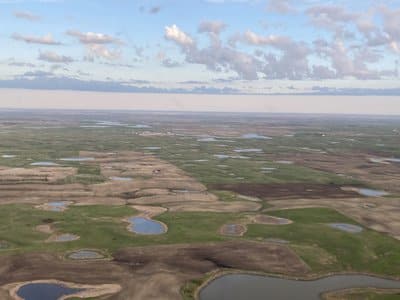
With that sort of decline in production, Naylor isn’t too shocked with the population numbers being lower, but hunters shouldn’t become too alarmed from a single survey result.
“People who just look at the percent decline might talk about an immediate reduction in hunting days or limits, but those numbers aren’t the whole picture of what’s taking place, not even close,” Naylor said.
Some of the habitat that was assumed to be drier last year saw decent rainfall this spring and early summer, boosting the available acreage for ducks to raise ducklings. According to May pond counts, roughly 5.5 million ponds were estimated to be available for ducks this year, an increase of 9 percent over 2019. This may lead to an increase in production in some locations, possibly boosting the number of birds that will head south from some nesting regions this fall.
“North Dakota is really the only complete dataset we have on duckling production right now,” Naylor said. “That area did see a good amount of rain late, but the rain was not widespread and we can’t apply that reproductive success over a large portion of the breeding grounds.”
When plugged into the Adaptive Harvest Matrix used to determine season lengths and limits, the recommendation still lands within liberal season frameworks, similar to those seen by hunters for the last 27 years.
“Even with the 27 percent decrease since 2019, there were still an estimated 7.2 million mallards on the breeding grounds and only 700,000 birds fewer than the long-term average,” Naylor said. “If you consider the variance in those estimates, it could be as close as 500,000 birds below the long-term average. So there isn’t a need to slam on the brakes. Especially with the incomplete dataset we have from the missing survey years.”
What the numbers do indicate is an increasing dependency on the seasonally flooded wetlands that remain to receive water at the right time. With millions of acres of conservation reserve program agreements expiring over the past decade and less incentive for landowners to enroll, along with continued wetland and grassland loss across the Prairie Pothole Region, valuable nesting habitats continue to be under extreme pressure. The effects of that change have been somewhat masked during many years of relatively wet conditions, as the amount of water on the landscape was high. With last year’s drier conditions, many critical temporary wetlands dried up, contributing to poor production.
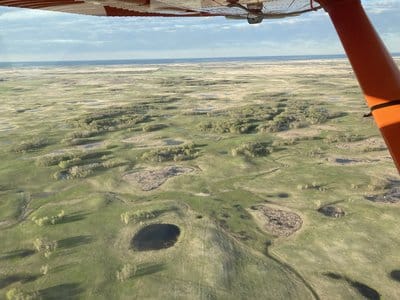
“The value of the habitat surrounding the ponds that remain also has changed,” Naylor said. “A pond that was counted 20 years ago may have had a much more robust complex of grassland nearby to produce more ducks and increase duckling survival.”
The phrase, “If you don’t like the weather in Arkansas, just wait a minute and it will change,” applies to the breeding grounds as well, although the fluctuation occurs on a yearly basis instead of minutes. Waterfowl have always adapted to cycles of wet and dry years on the breeding grounds, and ducks rebound quickly when the habitat quality returns.
“It’s a reminder that we always need to remain vigilant about conserving that valuable breeding ground acreage,” Naylor said. “We’ve seen a lot of previously enrolled acres quietly revert back to marginal cropland. As long as duck populations remained stable, we didn’t see the same drive to get them back through agricultural incentives. Just like with our greentree reservoirs and local habitat issues, habitat management on the breeding grounds needs to be looked at on a long-term basis.”
So, what should hunters expect this season? Well, it’s still too early to tell. Total duck and mallard populations are not in dire straits, so with the right set of weather conditions and timing of cold fronts to keep ducks moving, there may not be a noticeable difference from last year. With a little luck, increased productivity from some portions of the breeding grounds may even bring a few more hatch-year ducks down to increase hunting success, but by and large Naylor says hunters should expect some challenging hunts with wary birds similar to the previous few years.
“You’re probably not going to be able to just show up and expect a good hunt every time, but there will still be plenty of good hunting opportunities for the hunters who are willing to scout a little harder, look for nontraditional, less pressured areas, and limit their own hunting pressure where they have that ability,” Naylor said.
CUTLINES:
MALLARD HEN
Total duck populations and mallard populations were both substantially down this year, but wet conditions on the Prairie Pothole Region of the Dakotas may increase production by winter. Photo by Bigstock.
MALLARD IN FLIGHT
Mallards were down 23 percent from 2019 surveys, but only 9 percent below the long-term average for the species. Photo by Mike Wintroath.
POND COUNT
With above average spring rain and snowfall in 2022, the wetlands near Minot, North Dakota are in good shape for waterfowl production. Photo credit Terry Liddick/USFWS.
DRY LANDSCAPE
During the Waterfowl Breeding Population and Habitat Survey, observers noted dry areas along the Manitoba-Saskatchewan border. They also noticed many wetlands had been drained and cleared during recent drought years. Photo credit Sarah Yates/USFWS.
Recent News
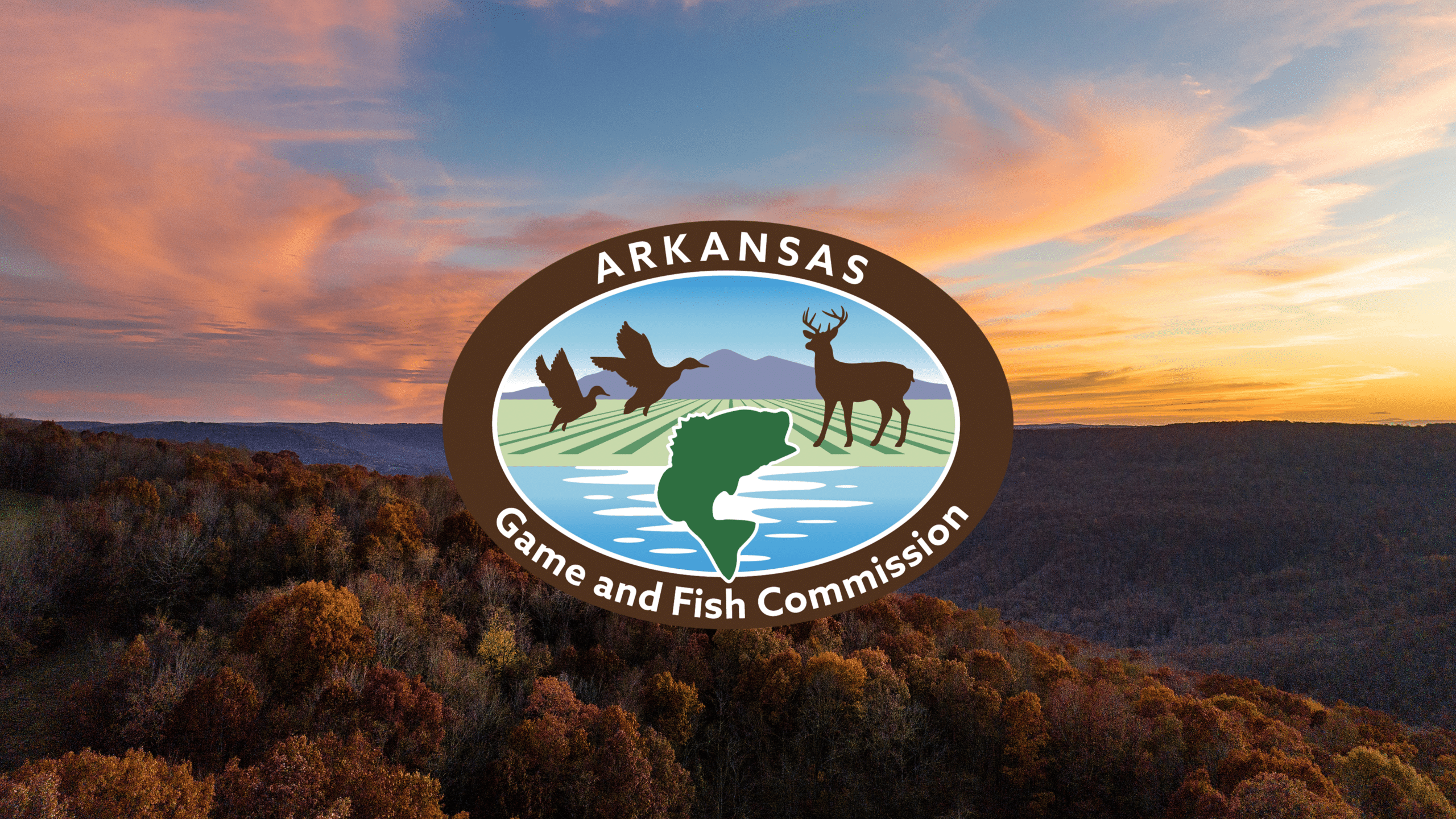
AGFC Commissioner Meeting Notice
Jul. 15, 2025

Arkansas Wildlife Weekly Fishing Report
Jul. 10, 2025
Subscribe to Our Weekly Newsletter E-mails
Don’t miss another issue. Sign up now to receive the AGFC Wildlife Weekly Newsletter in your mailbox every Wednesday afternoon (Waterfowl Reports are published weekly during waterfowl season and periodically outside the season). Fishing Reports arrive on Thursdays. Fill in the following fields and hit submit. Thanks, and welcome!
